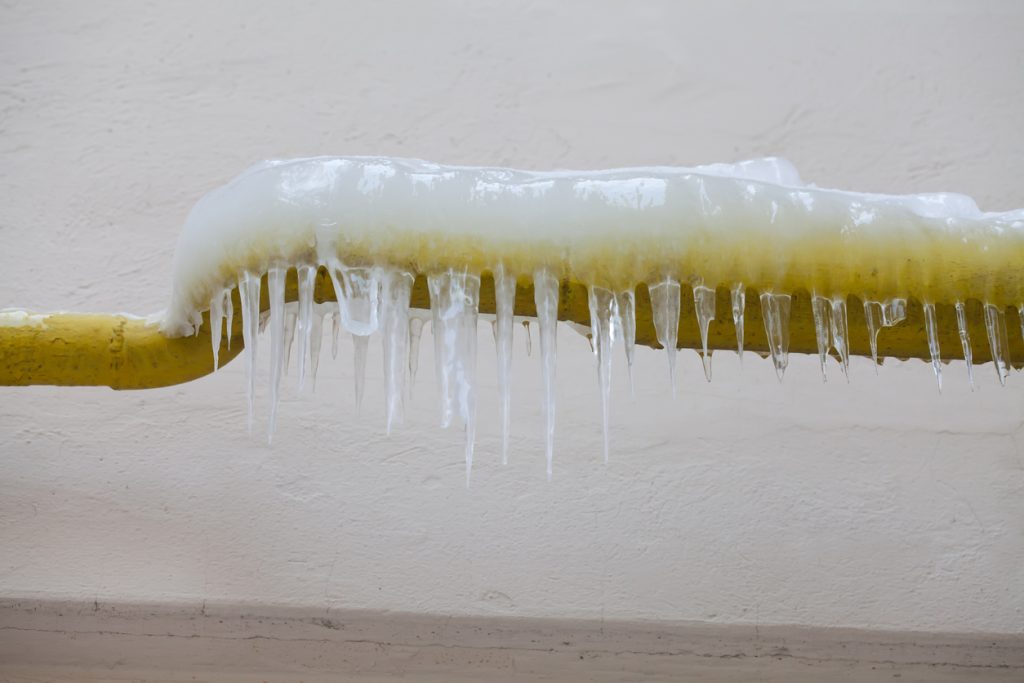Preventing Frozen Pipes in Winter: Professional Advice
Preventing Frozen Pipes in Winter: Professional Advice
Blog Article
Listed here in the next paragraphs you can discover lots of amazing news about How To Avoid Freezing Pipes.

Winter can ruin your plumbing, particularly by freezing pipelines. Here's exactly how to prevent it from occurring and what to do if it does.
Introduction
As temperatures drop, the threat of frozen pipelines rises, potentially leading to expensive repairs and water damage. Recognizing just how to avoid frozen pipes is important for house owners in cool climates.
Avoidance Tips
Shielding vulnerable pipes
Cover pipes in insulation sleeves or make use of warmth tape to secure them from freezing temperatures. Concentrate on pipes in unheated or exterior locations of the home.
Home heating strategies
Keep interior areas properly heated up, especially areas with pipes. Open up cupboard doors to permit warm air to flow around pipelines under sinks.
Exactly how to recognize frozen pipes
Seek reduced water circulation from faucets, unusual smells or noises from pipes, and visible frost on revealed pipes.
Long-Term Solutions
Structural modifications
Take into consideration rerouting pipes away from exterior walls or unheated areas. Include extra insulation to attic rooms, cellars, and crawl spaces.
Updating insulation
Invest in premium insulation for pipes, attics, and wall surfaces. Proper insulation helps maintain consistent temperature levels and lowers the danger of frozen pipelines.
Protecting Exterior Plumbing
Garden pipes and exterior faucets
Disconnect and drain yard hoses prior to winter months. Mount frost-proof faucets or cover outside taps with protected caps.
Understanding Icy Pipes
What triggers pipes to ice up?
Pipes ice up when subjected to temperatures listed below 32 ° F (0 ° C) for prolonged periods. As water inside the pipelines ices up, it increases, taxing the pipe walls and potentially creating them to burst.
Threats and damages
Frozen pipes can result in water system interruptions, home damages, and expensive repair work. Ruptured pipes can flood homes and cause extensive architectural damages.
Indications of Frozen Water Lines
Identifying icy pipes early can prevent them from bursting.
What to Do If Your Pipelines Freeze
Immediate actions to take
If you think frozen pipelines, keep faucets open to ease stress as the ice thaws. Make use of a hairdryer or towels soaked in warm water to thaw pipes gradually.
Conclusion
Avoiding icy pipelines needs proactive actions and quick actions. By comprehending the reasons, signs, and safety nets, homeowners can shield their plumbing throughout cold weather.
5 Ways to Prevent Frozen Pipes
Drain Outdoor Faucets and Disconnect Hoses
First, close the shut-off valve that controls the flow of water in the pipe to your outdoor faucet. Then, head outside to disconnect and drain your hose and open the outdoor faucet to allow the water to completely drain out of the line. Turn off the faucet when done. Finally, head back to the shut-off valve and drain the remaining water inside the pipe into a bucket or container. Additionally, if you have a home irrigation system, you should consider hiring an expert to clear the system of water each year.
Insulate Pipes
One of the best and most cost-effective methods for preventing frozen water pipes is to wrap your pipes with insulation. This is especially important for areas in your home that aren’t exposed to heat, such as an attic. We suggest using foam sleeves, which can typically be found at your local hardware store.
Keep Heat Running at 65
Your pipes are located inside your walls, and the temperature there is much colder than the rest of the house. To prevent your pipes from freezing, The Insurance Information Institute suggests that you keep your home heated to at least 65 degrees, even when traveling. You may want to invest in smart devices that can keep an eye on the temperature in your home while you’re away.
Leave Water Dripping
Moving water — even a small trickle — can prevent ice from forming inside your pipes. When freezing temps are imminent, start a drip of water from all faucets that serve exposed pipes. Leaving a few faucets running will also help relieve pressure inside the pipes and help prevent a rupture if the water inside freezes.
Open Cupboard Doors
Warm your kitchen and bathroom pipes by opening cupboards and vanities. You should also leave your interior doors ajar to help warm air circulate evenly throughout your home.

Do you really like reading up on How To Avoid Freezing Pipes? Write a short review further down. We would be pleased to know your views about this blog posting. We are looking forward that you visit us again soon. If you please take a moment to distribute this blog if you enjoyed it. We take joy in reading our article about Winter Plumbing Precautions: Preventing Frozen Pipes.
Course Detail Report this page